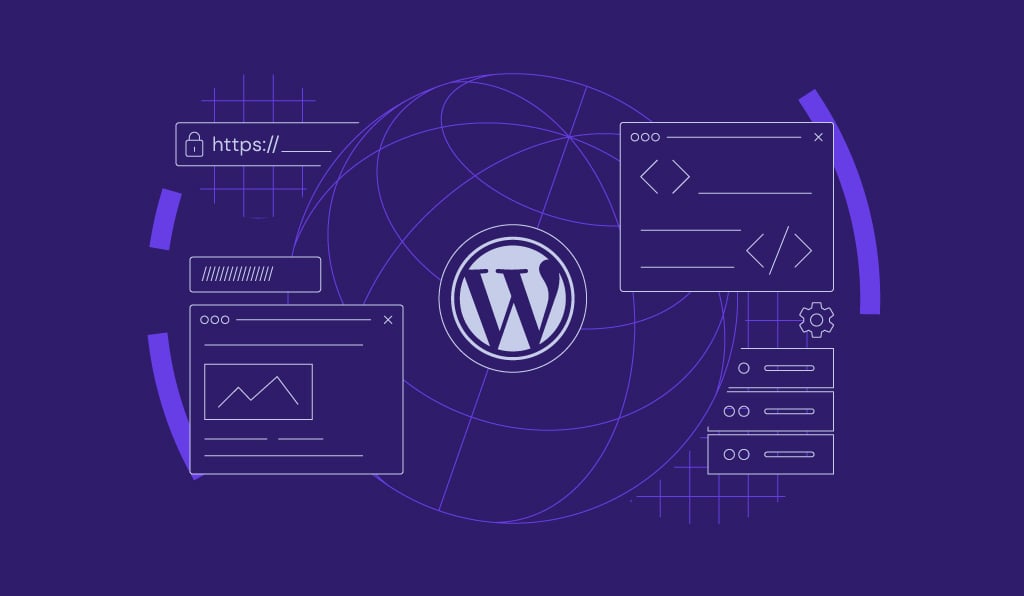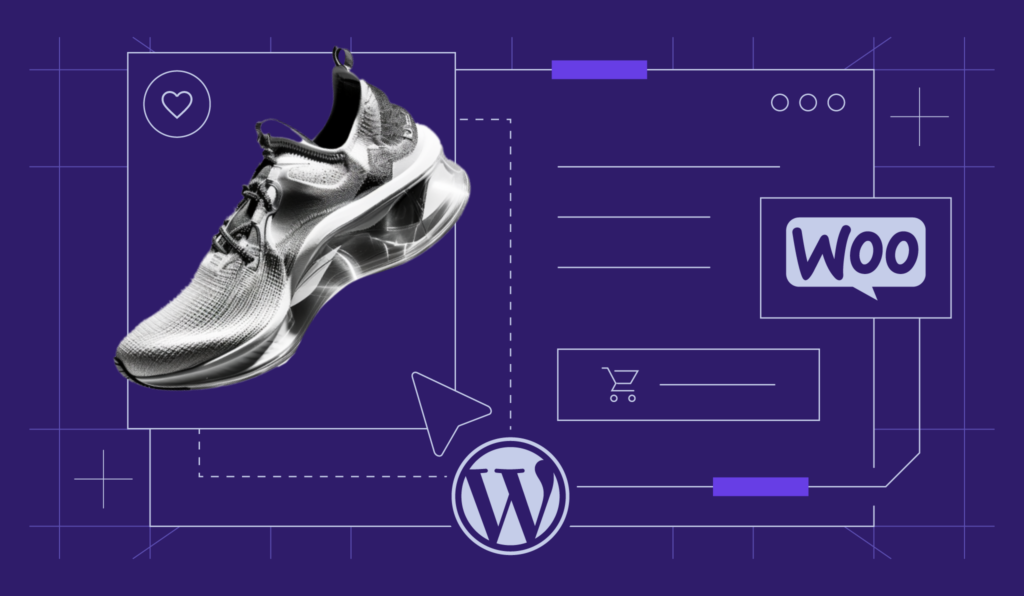Customization
How does the WordPress search function work?
If you’re running a content-heavy website, your visitors may still struggle to find what they need no matter how well-organized your navigation is....
How to customize WooCommerce templates with Gutenberg blocks
Have you ever wanted to build your WordPress online store but feel held back? Maybe you’re a beginner, and you’re not sure whether you can pull it...
How to add a WooCommerce add-to-cart button
The add-to-cart button is a key element for any online store, including those built on WooCommerce. Without the add-to-cart button, customers won’t...
Creating a simple style guide for your WordPress website
Has your website’s appearance ever spiraled out of control? This can happen with a brand-new website or an existing one that you must update...
How to use the Hostinger AI WordPress plugin for faster workflow
With Hostinger AI Plugin, you no longer have to switch between AI tools and your WordPress post page to write content. Simply integrate it into your...
Using the WordPress Command Palette to work faster and smarter
If you’re a WordPress user, you might be overlooking something that makes working with WordPress more efficient than you thought possible – the...
WooCommerce Checkout: An In-Depth Guide to Maximizing Conversions
WooCommerce allows WordPress users to turn their websites into full-fledged online stores. While the eCommerce plugin provides essential functions to...
How to use AI in WordPress
Numerous AI solutions are now available to streamline various tasks of website management, allowing users of all skill levels to optimize their...
How to Customize the WooCommerce Checkout Page: A Step-By-Step Guide
Customizing the checkout experience on your WooCommerce store can help reduce cart abandonment rates, encourage customers to complete their purchases,...





